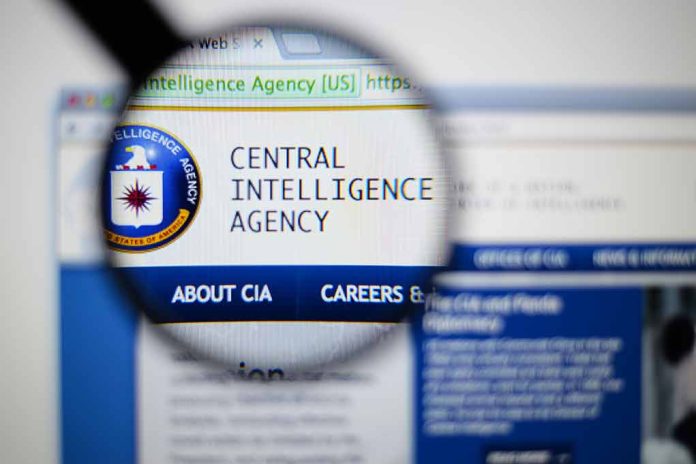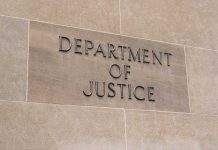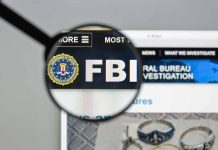
The CIA’s commitment to civilian safety leads to tough ethical decisions, including opting out of high-risk methods during operations.
At a Glance
- CIA prioritizes civilian safety by avoiding certain high-risk methods
- This decision highlights the ethical dilemmas in intelligence operations
- The agency balances mission objectives with potential harm to innocents
- CIA’s secretive nature often conflicts with demands for transparency
CIA’s Ethical Stance on High-Risk Operations
Recent reports from within U.S. intelligence circles reveal that the Central Intelligence Agency (CIA) has historically opted out of employing specific methods due to their high-risk implications for civilian safety. This decision underscores the organization’s dedication to minimizing unintended harm during operations, highlighting a larger ethical question intrinsic to intelligence endeavors: how to weigh the preservation of innocent lives against the demands to fulfill strategic missions.
The CIA, known for its secrecy and covert operations, faces constant scrutiny regarding its methods and transparency. This ethical stance on avoiding high-risk methods that could endanger civilians presents a different side of the agency, one that prioritizes human life over operational expediency.
#ICYMI, legendary #CIA Officer George E. Hocker, Jr. was also featured in a recent episode of #TheLangleyFiles podcast.https://t.co/6wvEgH8NN3
— CIA (@CIA) July 9, 2024
The Glomar Response: A Tool for Secrecy
While the CIA’s reported avoidance of high-risk methods demonstrates a concern for civilian safety, the agency has long used other tactics to maintain secrecy and avoid public scrutiny. One such tactic is the “Glomar” response, which allows the CIA to neither confirm nor deny the existence of information requested under the Freedom of Information Act (FOIA).
“We can neither confirm nor deny that this is our first tweet.” – Source
This famous tweet from the CIA’s first foray into social media in 2014 exemplifies the Glomar response, which has been used by the agency since shortly after FOIA was enacted in 1966. The response originated from a CIA mission to recover a Soviet submarine, for which the agency contracted Howard Hughes to build a ship under the guise of extracting manganese nodules.
Balancing Secrecy and Transparency
The CIA’s use of the Glomar response has been criticized for evading responsibility and transparency, especially in the post-9/11 era. Critics argue that the agency has used this tactic to avoid disclosure about controversial activities such as drone strikes, extrajudicial killings, and alleged spying on Congress. This stands in stark contrast to the agency’s reported avoidance of high-risk methods to protect civilians, highlighting the complex nature of balancing national security with ethical considerations and public accountability.
The ongoing tension between the CIA’s need for secrecy and the public’s right to information continues to be a subject of debate and legal challenges. A recent case, Connell v. CIA, aims to challenge the agency’s use of Glomar responses to evade transparency, particularly regarding its involvement in Camp VII at Guantánamo Bay. The outcome of this case could potentially set a precedent for how government agencies, including the CIA, respond to FOIA requests in the future.
The Future of CIA Operations and Ethics
As the CIA navigates the complex landscape of global intelligence gathering, the agency’s reported stance on avoiding high-risk methods that endanger civilians represents a positive step towards ethical operations. However, the continued use of tactics like the Glomar response to maintain secrecy raises questions about the balance between national security and public accountability.
The challenge for the CIA moving forward will be to maintain its effectiveness in gathering crucial intelligence while adhering to ethical standards that prioritize civilian safety and responding to increasing demands for transparency. As global threats evolve and public scrutiny intensifies, the agency’s ability to adapt its methods and policies will be crucial in maintaining both its operational integrity and public trust.









